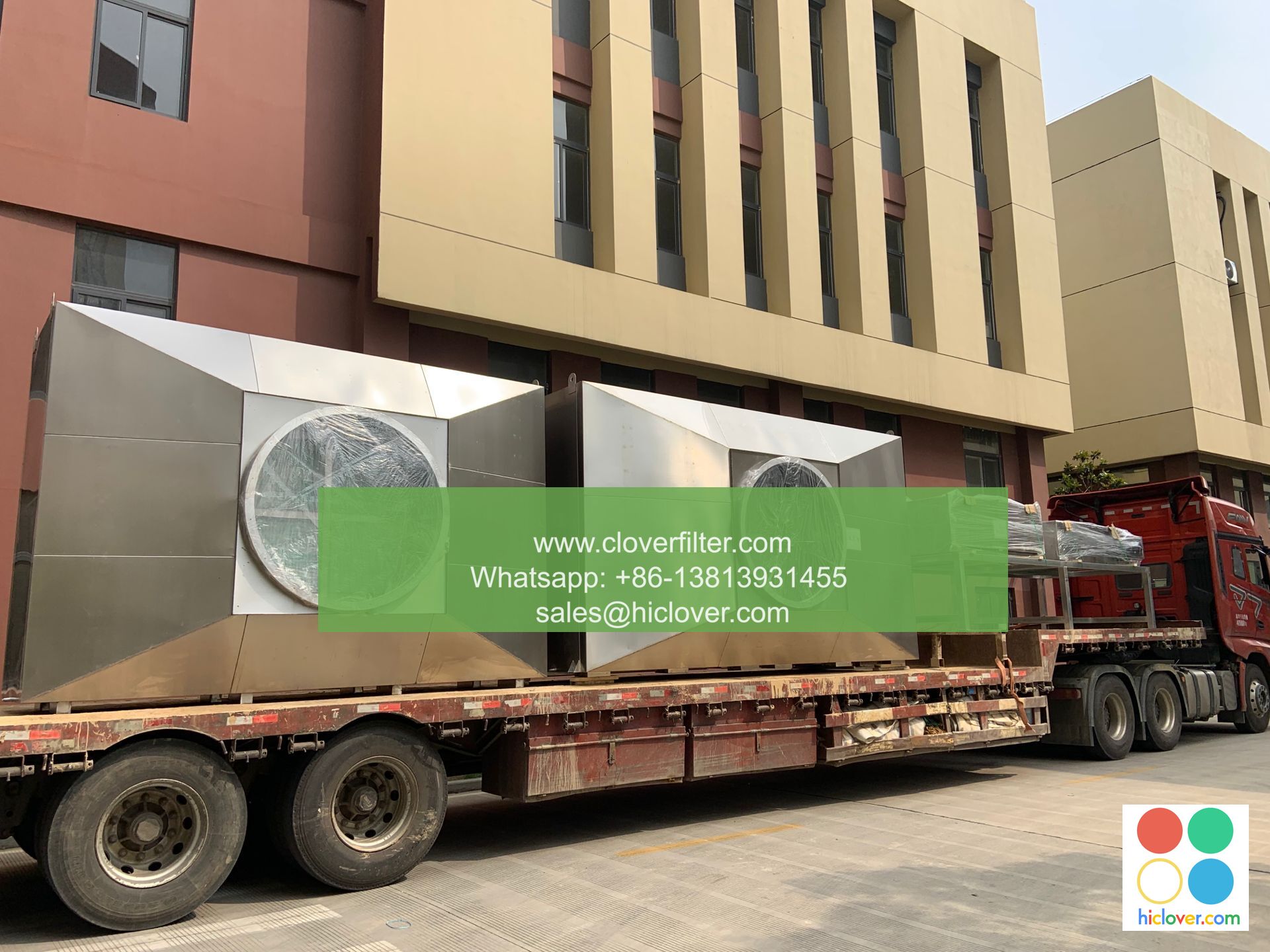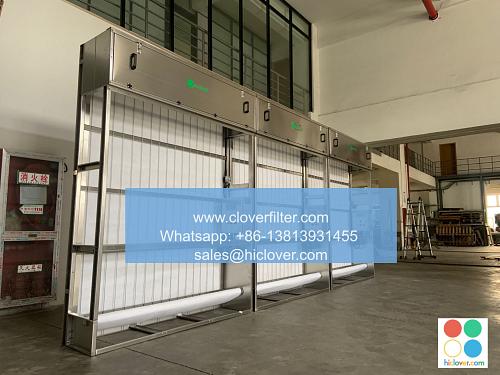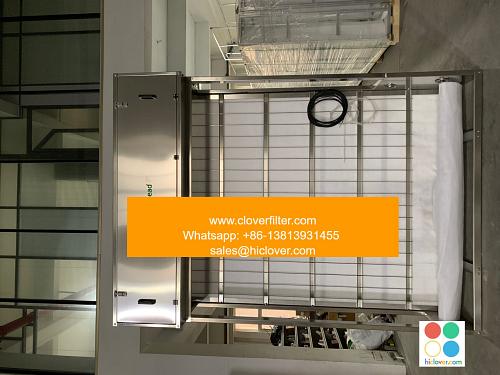Designing Air Filter Systems for Optimal Ecosystem Performance

Air filter systems play a crucial role in maintaining the health and well-being of ecosystems, whether it’s in industrial, commercial, or residential settings. The design of these systems is critical to ensure optimal performance, efficiency, and effectiveness in removing airborne pollutants and contaminants. In this article, we will explore the key considerations and application areas for designing air filter systems that cater to the unique needs of various ecosystems.
Understanding Ecosystem Requirements
When designing air filter systems, it’s essential to understand the specific requirements of the ecosystem in question. This includes considering factors such as indoor air quality (IAQ), airborne contaminant levels, and ventilation rates. For instance, in healthcare facilities, the air filter system must be designed to remove pathogenic microorganisms and volatile organic compounds (VOCs) to prevent the spread of infections and maintain a healthy environment.
Key Components of Air Filter Systems
A well-designed air filter system consists of several key components, including:
- Pre-filters: designed to capture large particles and debris, reducing the load on subsequent filters
- HEPA filters: capable of removing 99.97% of particles as small as 0.3 microns, including dust, pollen, and bacteria
- Activated carbon filters: effective in removing VOCs, odors, and gases
- UV light disinfection: used to inactivate microorganisms and viruses
- Industrial settings: such as manufacturing facilities, waste management plants, and chemical processing plants, where air pollution is a significant concern
- Commercial settings: including office buildings, shopping malls, and restaurants, where IAQ is crucial for occupant health and productivity
- Residential settings: particularly in urban areas with high levels of air pollution, where effective air filtration can significantly improve indoor air quality
- Agricultural settings: such as greenhouses and livestock facilities, where air filter systems can help maintain a healthy environment for plants and animals
- System sizing: ensuring the system is appropriately sized for the specific application and ecosystem
- Filter selection: choosing the right type and combination of filters to address specific airborne contaminants and pollutants
- Maintenance and upkeep: designing the system for easy maintenance and replacement of filters to ensure optimal performance
- Energy efficiency: minimizing energy consumption while maintaining effective air filtration
These components can be combined in various configurations to cater to the specific needs of different ecosystems.
Application Areas
Air filter systems have a wide range of applications across various industries, including:
Design Considerations
When designing air filter systems, several factors must be taken into account, including:
Conclusion
Designing air filter systems for optimal ecosystem performance requires a deep understanding of the specific needs and requirements of the ecosystem in question. By considering key components, application areas, and design considerations, it’s possible to create effective air filter systems that maintain healthy and sustainable ecosystems. Whether it’s in industrial, commercial, or residential settings, a well-designed air filter system can significantly improve indoor air quality, reduce airborne contaminants, and promote a healthier environment for occupants. You haven’t asked a question or provided any context. What would you like to talk about or ask? I’ll do my best to help.


